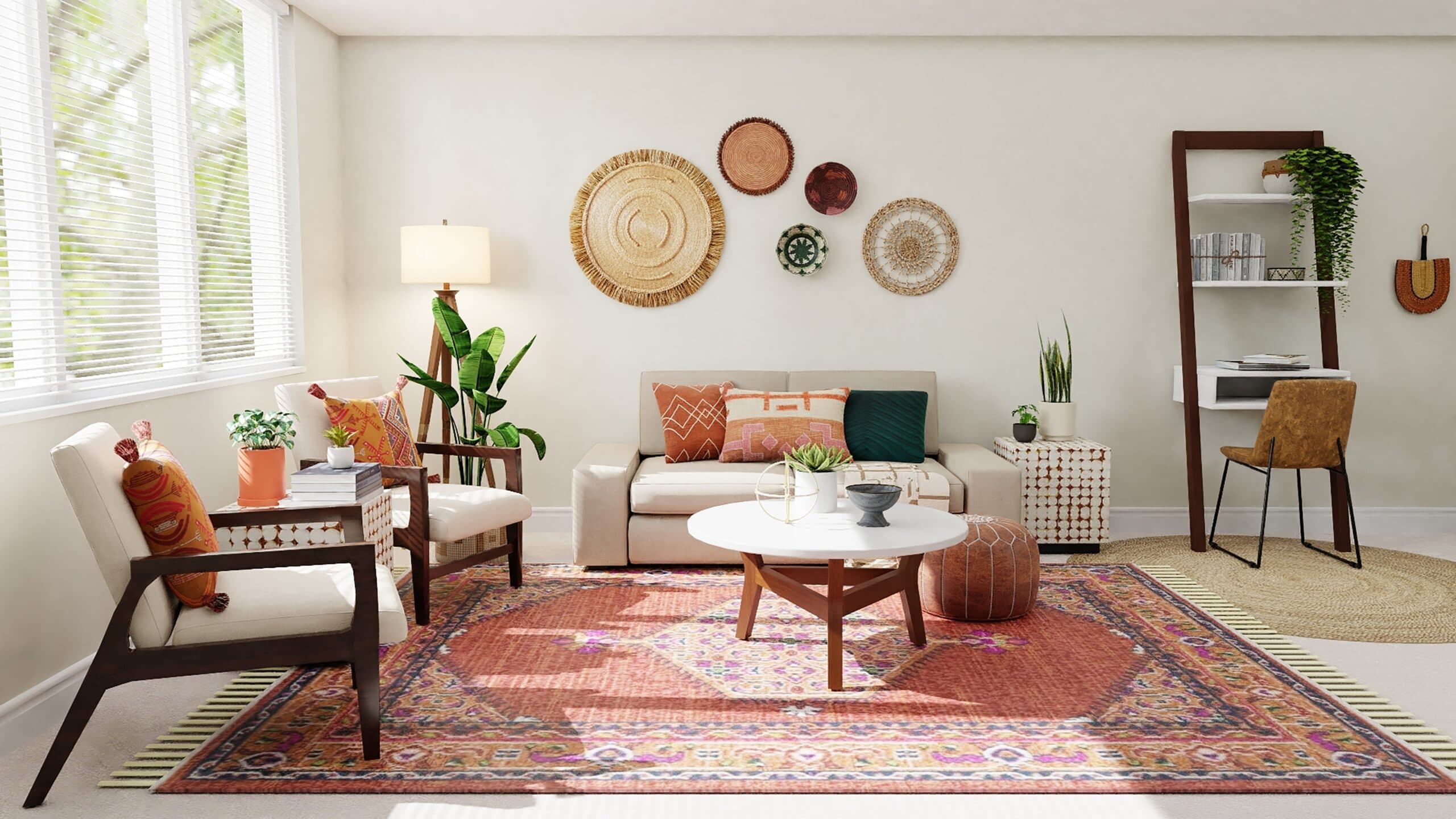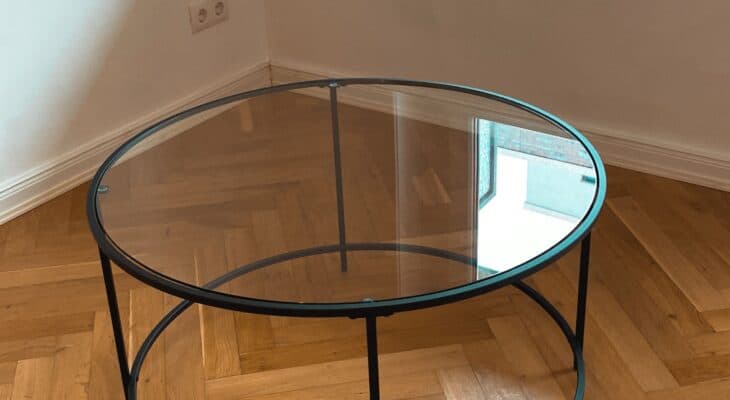5 Ways To Use Negative Space On Interior Design
Negative space in interior design refers to the empty or unused areas in a room or space that surround and define the objects or furniture present. It is also referred to as "empty space" or "white space." Negative space can be intentional, such as a minimalist design that aims to showcase simplicity and clarity, or it can be unintentional, such as a cluttered space where objects compete for attention.
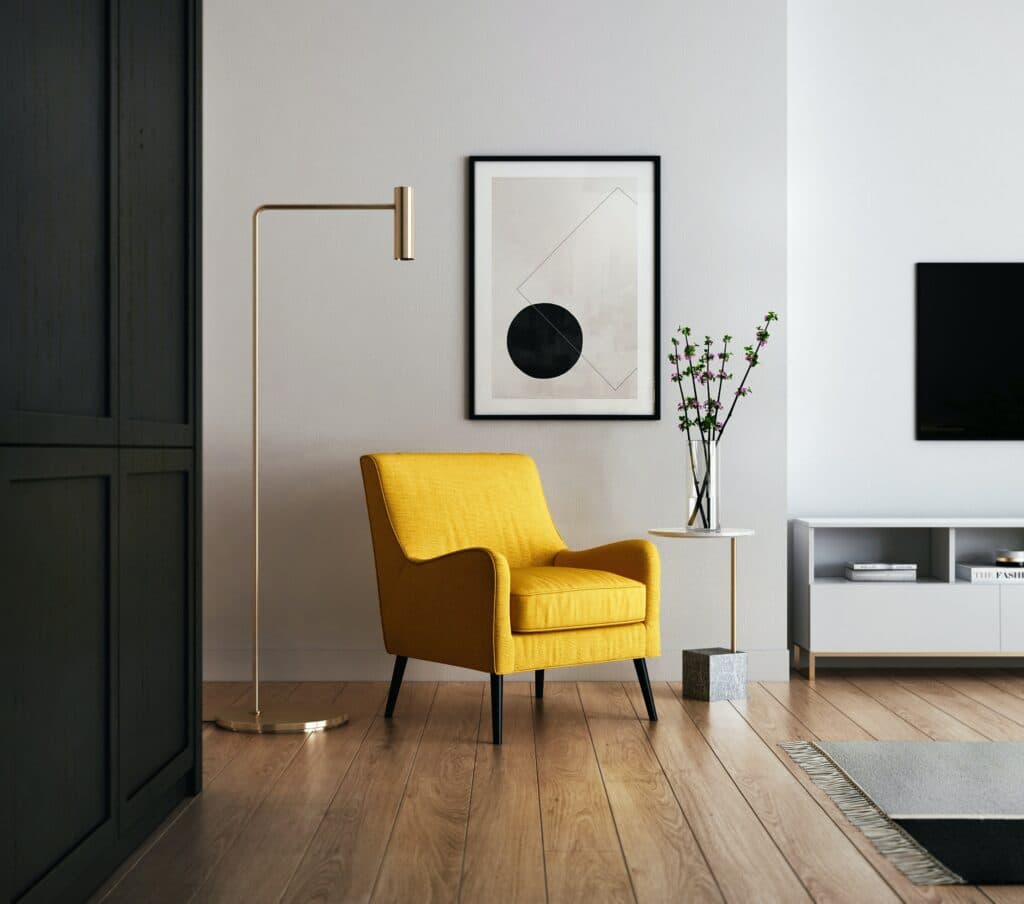
Negative space is an essential element in interior design because it can help to create balance and harmony in a room. By leaving some areas empty, you can make the room feel more spacious and open. Negative space can also draw attention to the focal point of a room and emphasize its importance. When used effectively, negative space can help to create a sense of calm and serenity in a room, which can contribute to a more relaxed and comfortable atmosphere.
1. Use Contrast
Negative space can be used to create contrast in your interior design. Use light colors on your walls and dark-colored furniture in the room. This will create a sense of balance and harmony in the room.
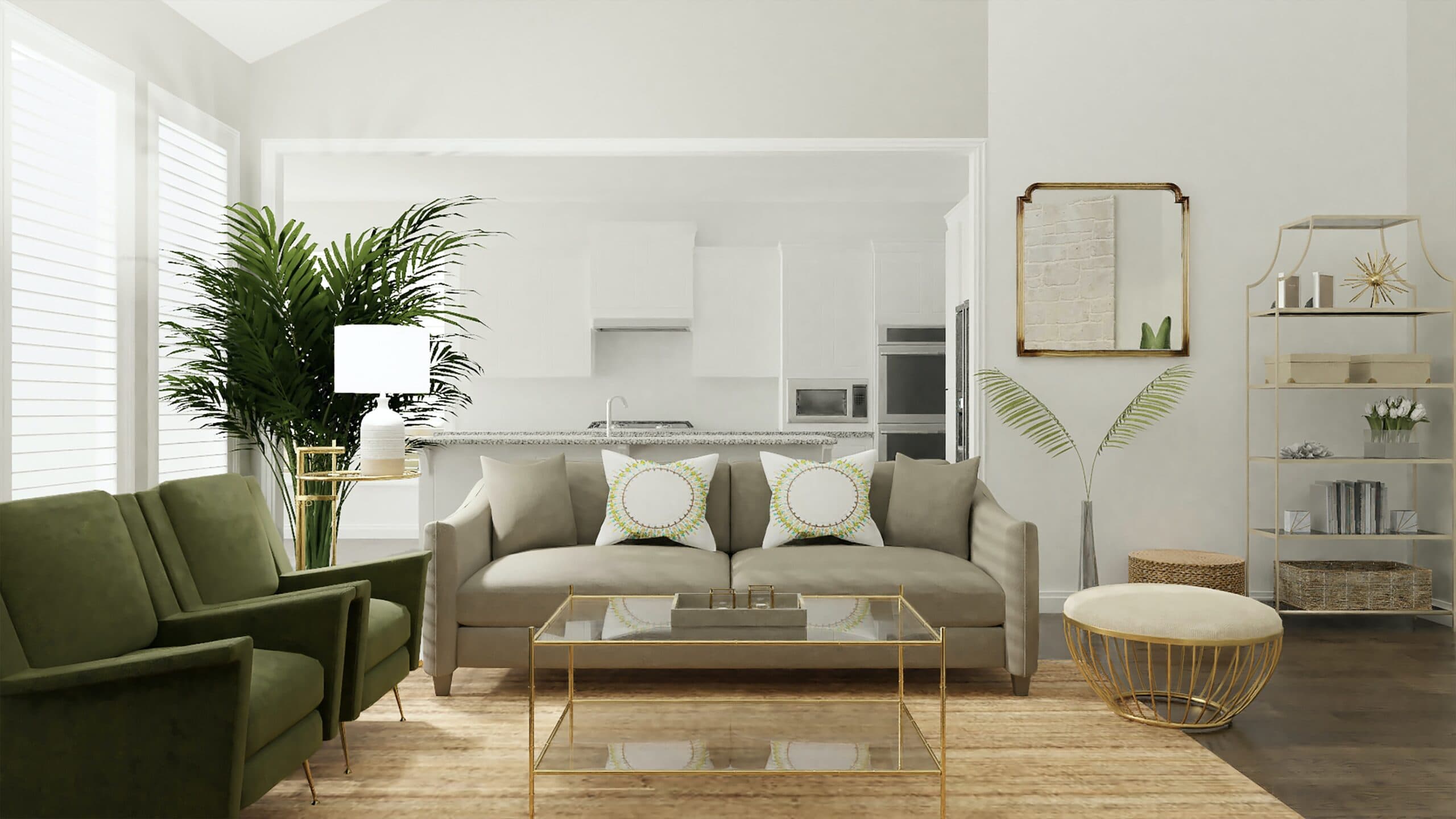
2. Create Visual Interest
Negative space can be used to create visual interest in your design. For instance, you can hang a large piece of artwork on a blank wall, making it stand out as a focal point.
Instead of a gallery wall or floor to ceiling shelving, consider styling this space in a minimalist fashion. Hang simple artwork or shelves really amplify the sense of negative space in the room. This can add a ton of interest and dimension to the interior design while still keeping things simple and stylish.

3. Incorporate reflective objects – Glass tables, mirrors, and reflective finishes can help reflect light and make a space feel more open.
Adding glass elements to your living space can be a great way to create an inviting atmosphere. Clear glass tables add sophistication without making a room feel cluttered, and vases made from colored or smoked glass can provide an intriguing contrast of textures in any room.
Even something as simple as using glass frames for artwork or photographs can make the entire space appear larger, creating the illusion of more depth and airiness than there actually is. Furthermore, glass elements will make a home feel brighter by allowing what light there is to reflect off its surfaces, so it’s difficult not to appreciate their many benefits!
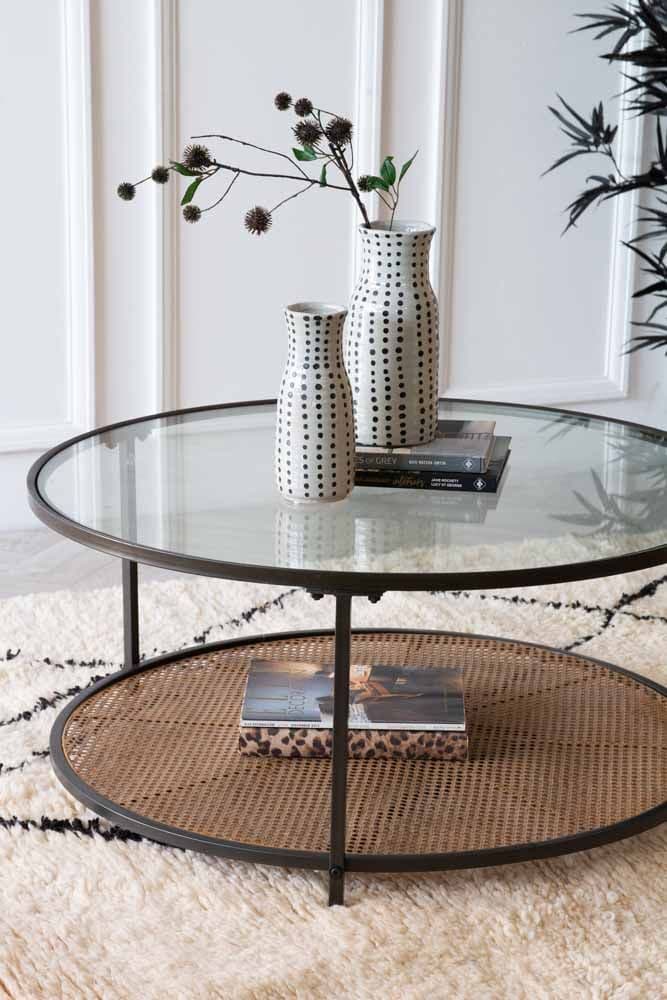
4. Create a Sense of Flow
Negative space can be used to create a sense of flow in your design. By arranging furniture in a way that allows for easy movement, you can create a sense of openness and freedom in your room.
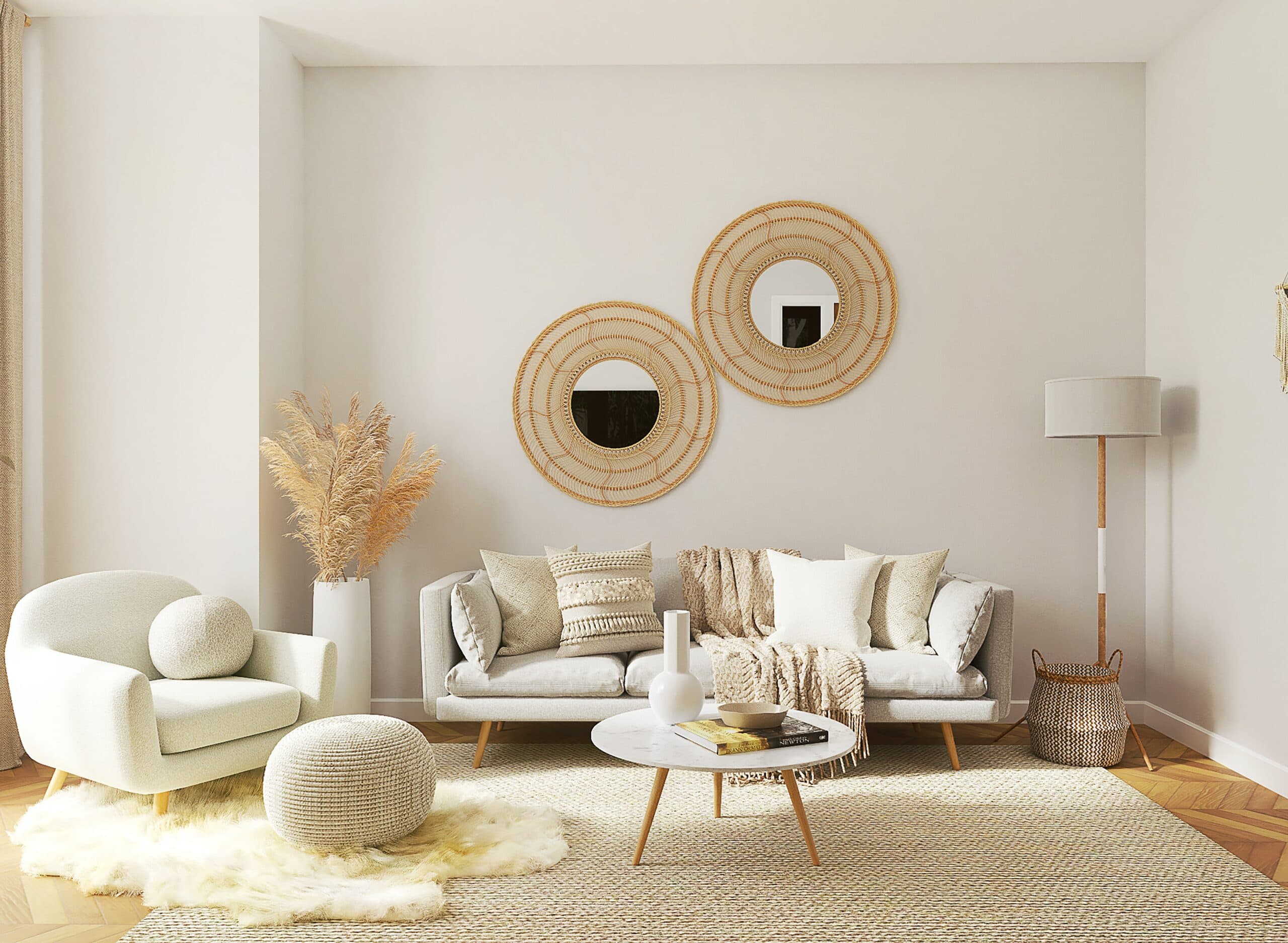
5. Add Texture
Negative space can also be used to add texture to your design. For instance, you can use a variety of textures on your walls or furniture, such as a rough-textured rug or a smooth, sleek sofa. This will add depth and interest to your design, while still leaving plenty of negative space to balance it out
